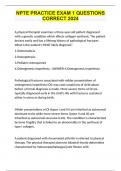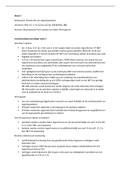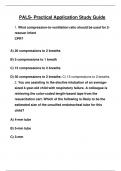Samenvatting
MMSR Summary Brightspace videos (MAN-MMA032A)
- Instelling
- Radboud Universiteit Nijmegen (RU)
This document gives an overview of all the videos of MMSR on Brightspace. It gives a clear explanation of each technique used in MMSR and what it means in more simple words.It shows all the steps and techniques. It gives a detailed overview of what each step contains and how to do the SPSS part i...
[Meer zien]













